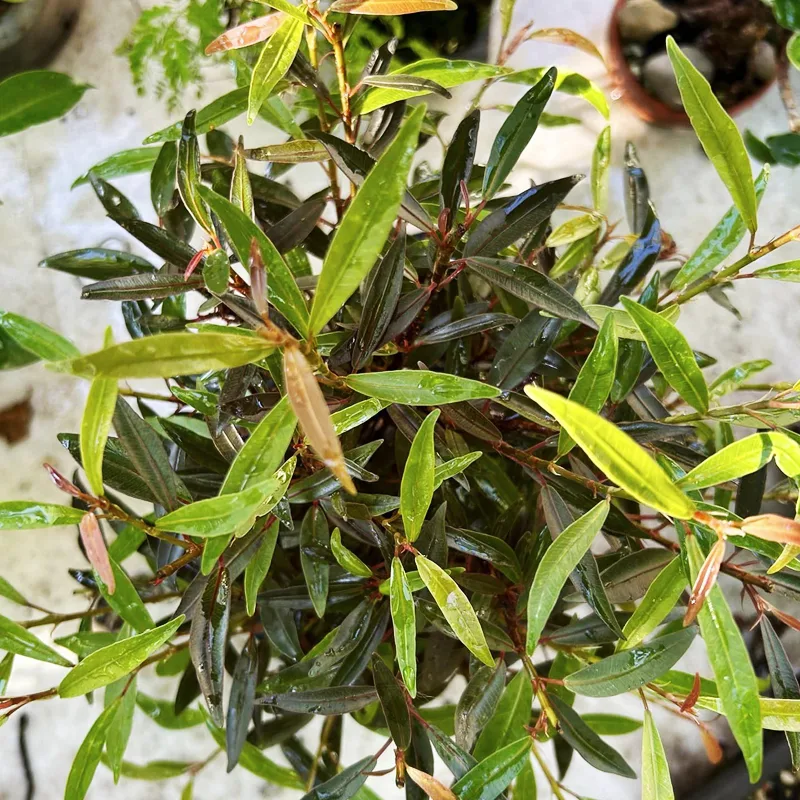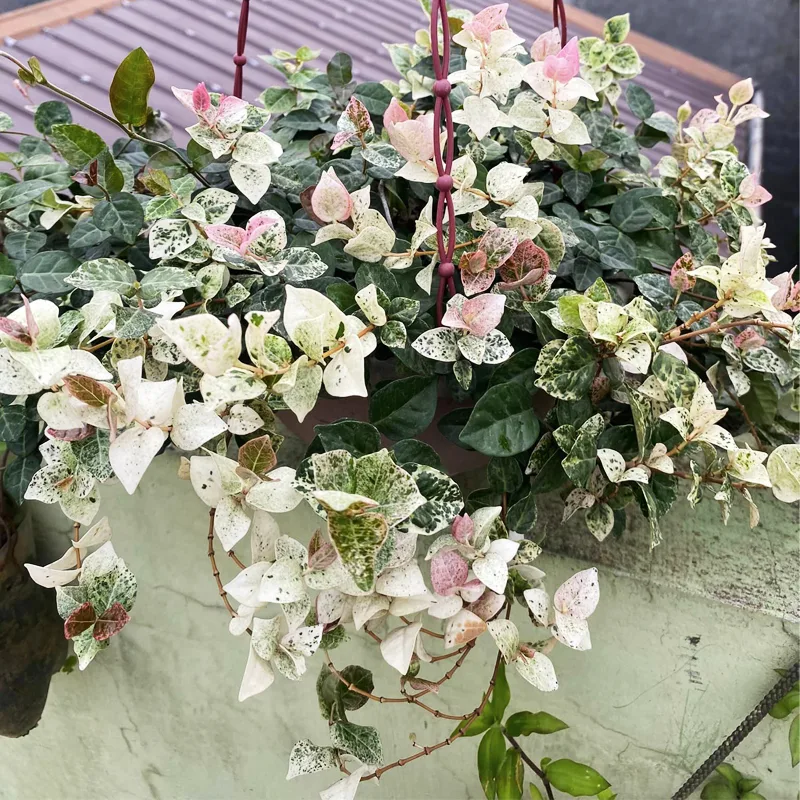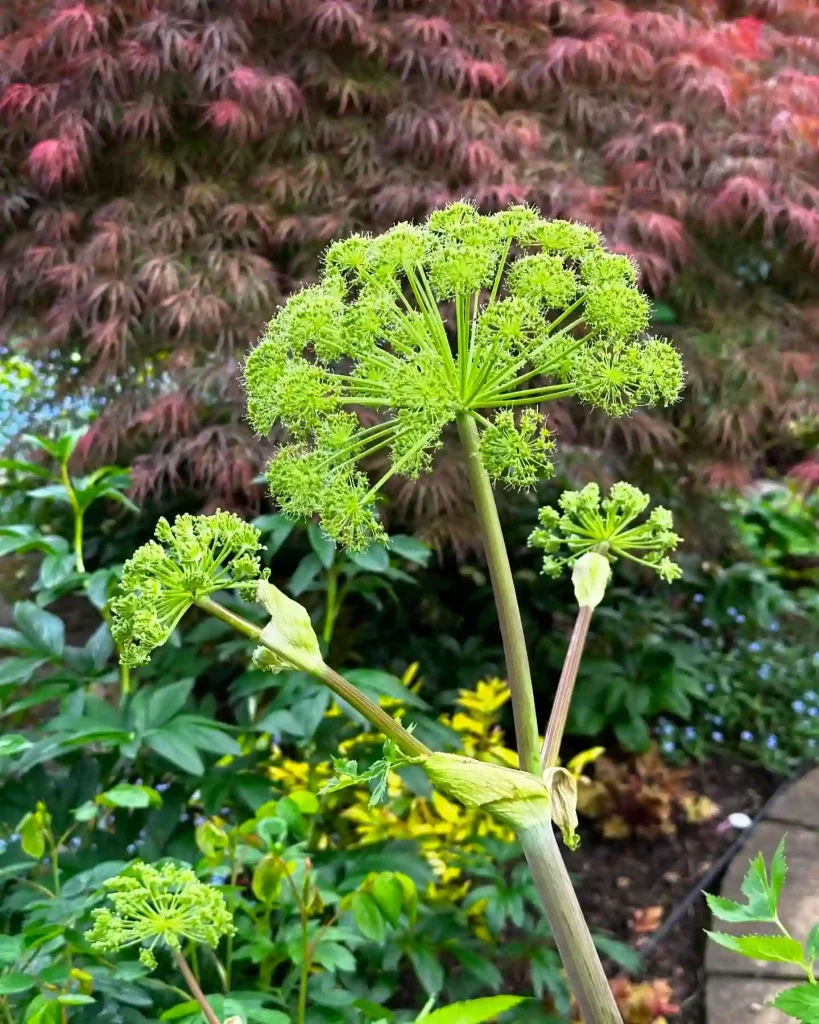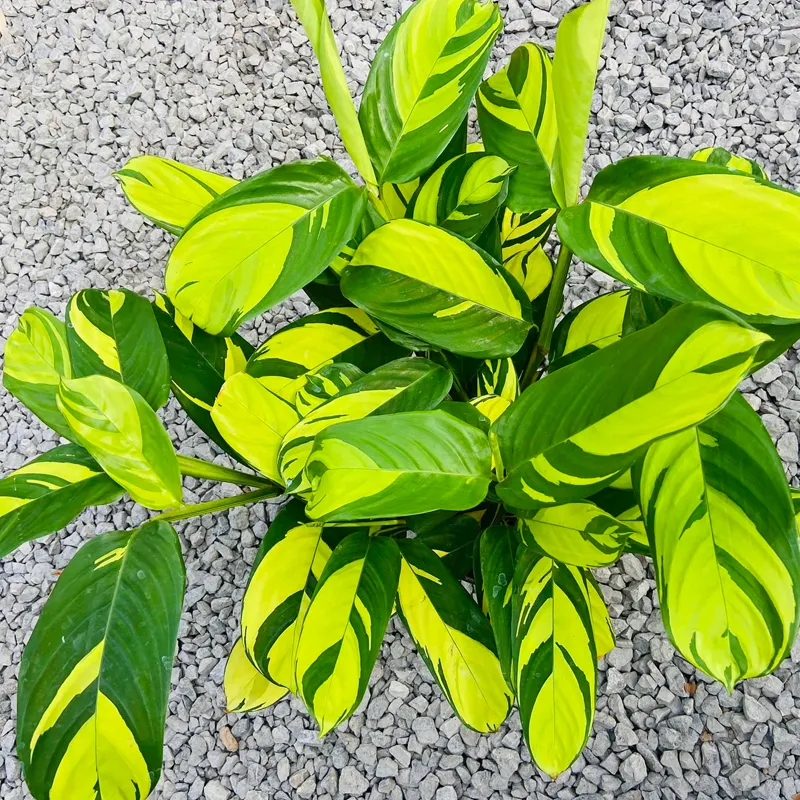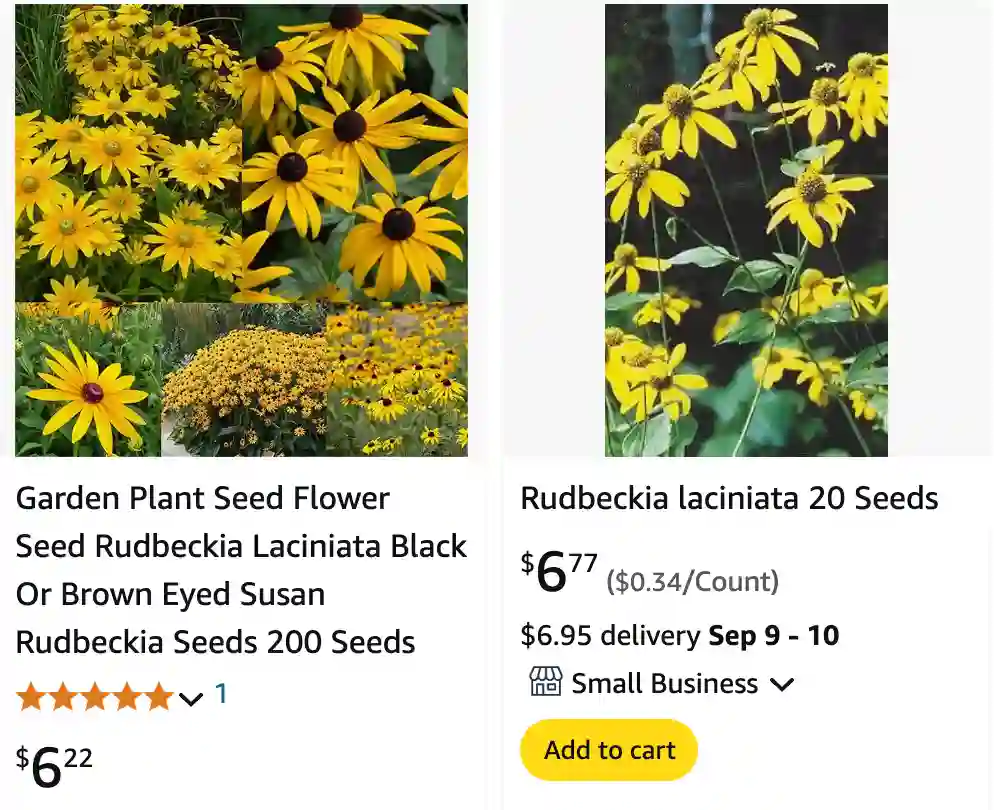
FAQs About Rudbeckia Laciniata
As someone who loves working with various plants, I’ve found Rudbeckia Laciniata to be a fantastic addition to my garden. Known commonly as Cutleaf Coneflower, this plant is loved for its bright yellow flowers and resilience. In this article, I’ll cover some frequently asked questions about Rudbeckia Laciniata, including its care, propagation, and comparisons with similar plants.
31 Species in Genus Rudbeckia
What Is Rudbeckia Laciniata?
Rudbeckia Laciniata, also known as Cutleaf Coneflower, is a perennial plant native to North America. It features tall stems that can reach up to 9 feet, with bright yellow daisy-like flowers that bloom from mid-summer to early fall. The leaves are deeply lobed, giving them a cut or jagged appearance, which is where the name “Cutleaf” comes from. This plant thrives in moist, fertile soil and can tolerate a range of light conditions, from full sun to partial shade.
How to Root Rudbeckia Laciniata?
Rooting Rudbeckia Laciniata is a straightforward process, typically done through cuttings or division. If you choose to use cuttings, take them in late spring or early summer. Cut a healthy stem, about 4-6 inches long, just below a node. Remove the lower leaves and dip the cut end in rooting hormone. Place the cutting in a pot with well-draining soil and keep it moist. In a few weeks, roots should start to develop.
Alternatively, you can propagate Rudbeckia Laciniata by division in early spring or fall. Dig up an established plant and separate it into smaller sections, each with its own roots. Replant these sections immediately, spacing them about 2-3 feet apart to give them room to grow.
What Is the Difference Between Cup Plant and Rudbeckia Laciniata?
The Cup Plant (Silphium perfoliatum) and Rudbeckia Laciniata are often confused due to their similar appearance and growth habits. However, they have distinct differences. The most notable difference is in their leaves. The Cup Plant has large, opposite leaves that join around the stem, forming a cup that collects water, hence the name. In contrast, Rudbeckia Laciniata has deeply lobed, alternate leaves that do not form a cup.
Another difference lies in their flowers. While both have yellow flowers, Cup Plant flowers are smaller and grow in clusters, whereas Rudbeckia Laciniata has larger, more prominent blooms. Understanding these differences can help you identify these plants in your garden or the wild.
Will Cutleaf Coneflower Rudbeckia Laciniata ‘Goldquelle’ Grow From Seed?
Yes, the Cutleaf Coneflower, including the ‘Goldquelle’ variety, will grow from seed. This variety is known for its double, golden-yellow flowers, which are slightly more compact than the species. To grow Rudbeckia Laciniata ‘Goldquelle’ from seed, sow the seeds directly in the garden in late spring or early summer after the last frost. Press the seeds lightly into the soil without covering them too deeply, as they need light to germinate. Keep the soil consistently moist until the seeds germinate, which usually takes about 2-3 weeks.
How to Care for Rudbeckia Laciniata?
Caring for Rudbeckia Laciniata is relatively easy, making it a popular choice for both beginner and experienced gardeners. Here are some tips for keeping your plants healthy:
- Soil: Plant Rudbeckia Laciniata in well-draining, fertile soil. It prefers slightly acidic to neutral pH levels.
- Watering: Water regularly, especially during dry spells, to keep the soil moist. However, avoid overwatering, as this can lead to root rot.
- Light: This plant thrives in full sun but can tolerate partial shade. If planted in full shade, it may not bloom as profusely.
- Fertilizing: Apply a balanced fertilizer in early spring to encourage growth. Too much fertilizer can lead to more foliage than flowers, so use it sparingly.
- Pruning: Deadhead spent flowers to encourage continuous blooming and prevent self-seeding. In late fall, cut back the stems to about 6 inches above the ground.
Can You Grow Rudbeckia Laciniata Indoors?
Growing Rudbeckia Laciniata indoors is challenging due to its size and light requirements. This plant can reach heights of 6-9 feet, making it unsuitable for most indoor spaces. Additionally, it thrives in full sun, which can be hard to replicate indoors. If you wish to enjoy Rudbeckia Laciniata indoors, consider using cut flowers in a vase, as they make beautiful arrangements.
Is Rudbeckia Laciniata Toxic?
Rudbeckia Laciniata is not considered toxic to humans or pets, making it a safe choice for gardens where children and animals are present. However, as with all plants, it’s best to discourage pets and children from eating any part of the plant.
What to Plant With Rudbeckia Laciniata?
Rudbeckia Laciniata pairs well with other tall, late-summer blooming perennials. Consider planting it alongside:
- Echinacea (Coneflower): The similar flower shapes and colors create a harmonious look.
- Aster: Their late bloom time complements Rudbeckia, extending the flowering season.
- Joe-Pye Weed: Adds height and texture to the garden, matching well with the tall stature of Rudbeckia.
Common Problems With Rudbeckia Laciniata
While generally hardy, Rudbeckia Laciniata can encounter a few problems:
- Powdery Mildew: This fungal disease appears as a white, powdery coating on the leaves. To prevent it, ensure good air circulation and avoid overhead watering.
- Aphids: These small insects can infest the plants, sucking sap from the leaves. Use insecticidal soap or neem oil to control aphid populations.
Rudbeckia Laciniata is a wonderful plant that brings vibrant color to any garden. Whether you’re growing it for its beautiful flowers, easy care, or pollinator-friendly qualities, this plant is sure to be a standout feature in your garden.
If i die, water my plants!
